At Terra Natura Benidorm we give informative talks about the model of equality in flamingos
hace 3 yearsThe activity took place this morning on the occasion of the celebration of the International Flamingo Day.
The model of equality of flamingos, in addition to many other curiosities about this bird, has been one of the topics addressed during the development of the informative talk offered this morning, on the occasion of the celebration of the International Day of Flamingos, an endangered species that is on the IUCN red list.
The populations of these animals are reduced year after year, which endangers their future conservation in the wild. In fact, four of the six species of flamingo that exist in the world are classified as vulnerable species. The talk developed in the American area has tried to raise awareness about the conservation problems that affect this bird, among visitors.
Unlike other species, flamingos maintain a model of equality in their family structure, where responsibilities are shared. Thus, both sexes participate in the courtship dance, both decide who they like to form a reproductive pair and both sexes are in charge of incubating the only egg in the clutch. They also share feeding and caring for the young bird.
Another of the curiosities explained in the talk has been related to the courtship ritual of this bird. In this way, educators have explained that this animal can make up to 136 different movements of wings to combine them as a dance during the courtship stage. They are long-lived birds that can live up to 40 years old.
When they are in the breeding phase, the parents lose their characteristic pink hue because they spend a lot of energy raising the chick and they don´t have time to completing it, by the intake of certain foods, their reserve of carotenoid pigments, which are what give them the characteristic pink colour.
Currently, at Terra Natura Benidorm we have a group of five flamingos, three females and two males. This bird is capable of absorbing rainwater through its plumage to keep hydration. These animals can live in extreme conditions, from high-altitude wetlands to sub-zero ecosystems.

